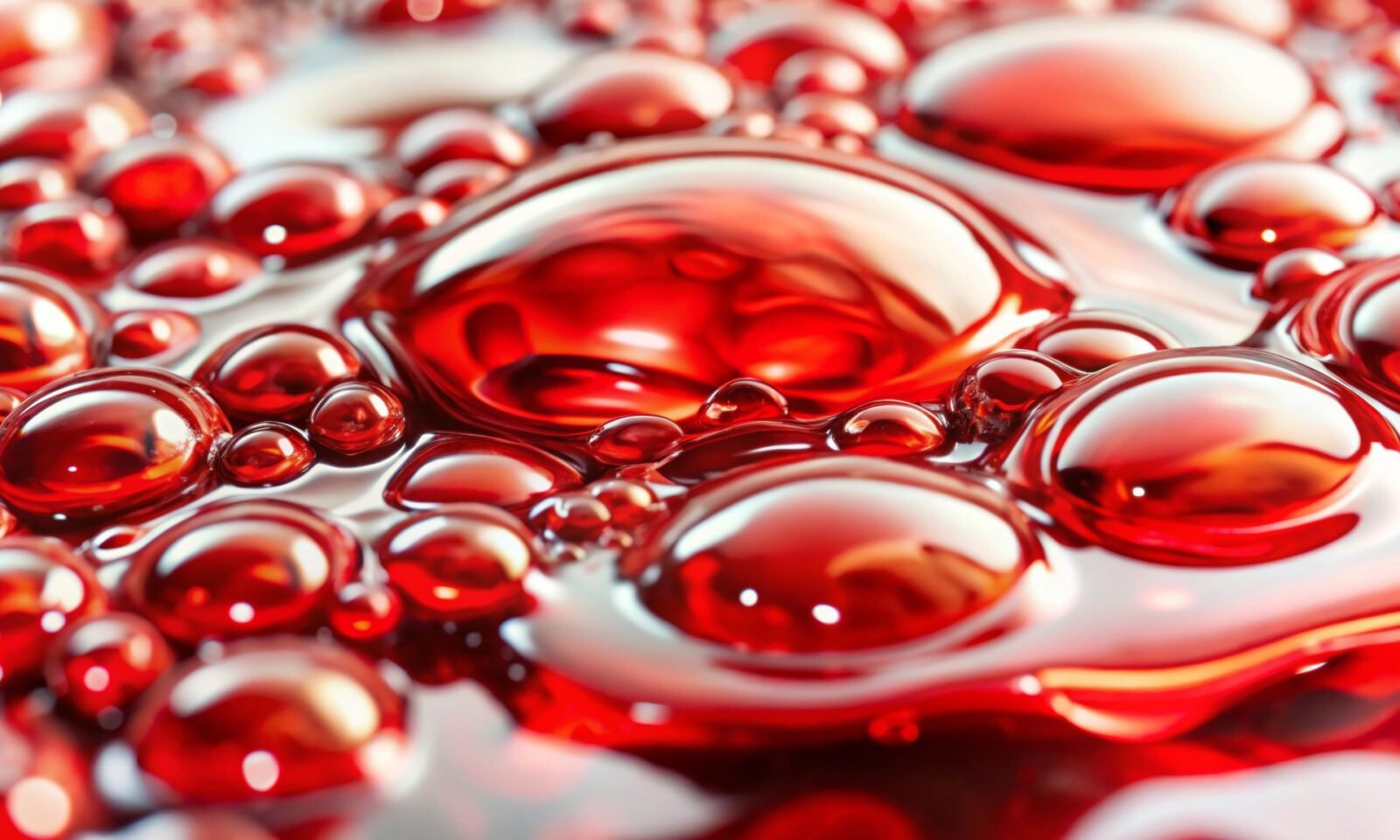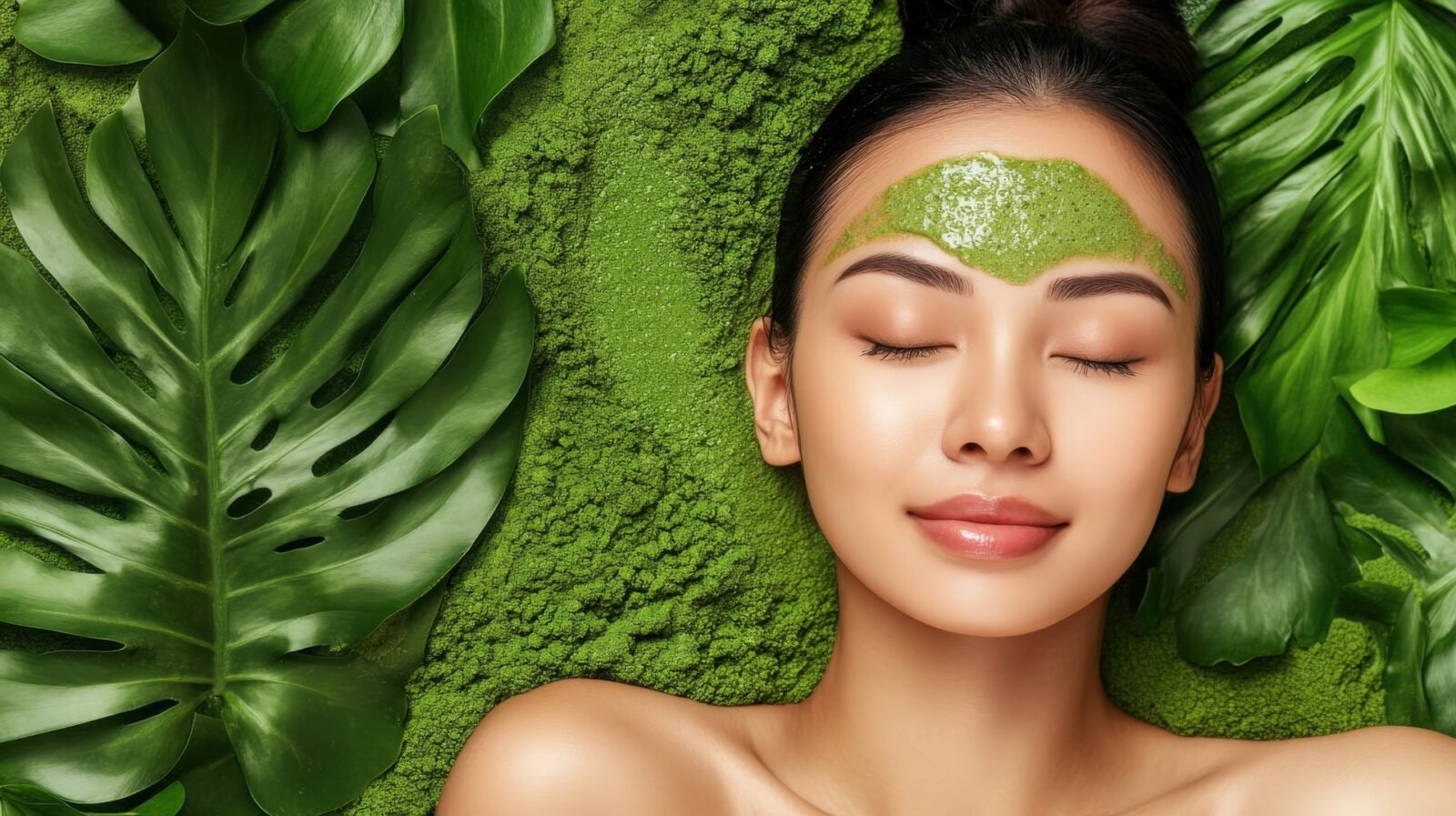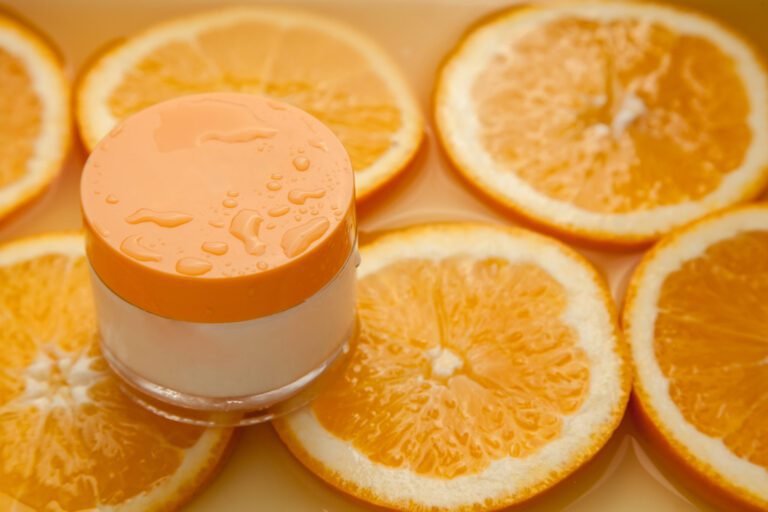Consumers demand more from cosmetics than ever before. They want products that hydrate, brighten, protect, and fight aging — all at once. Consequently, multitasking formulations have become the gold standard. Chemists are innovating by combining synergistic actives, optimizing delivery systems, and designing products that address multiple skin concerns in a single application. Moreover, these advances satisfy consumer convenience while delivering high-performance results.
Why Multitasking Matters
Modern lifestyles demand efficiency. People want streamlined routines without sacrificing effectiveness. In fact, market surveys show that consumers increasingly choose products that serve multiple functions, reducing clutter and saving time (PMC). Therefore, chemists must design versatile systems that deliver visible results across categories such as hydration, anti-aging, and UV protection.
Core Benefits of Multitasking Cosmetics
- Convenience – One product replaces several, streamlining routines.
- Cost-Efficiency – Consumers get multiple benefits in one purchase. Moreover, brands reduce packaging costs.
- Sustainability – Fewer products mean less packaging waste and reduced carbon footprint.
- Synergy – Carefully combined actives enhance each other’s effects.
Key Multitasking Ingredients
Niacinamide
Niacinamide improves barrier function, reduces hyperpigmentation, and boosts elasticity. Consequently, it delivers hydration, brightening, and anti-aging benefits in one active (PubMed).
Hyaluronic Acid
Different molecular weights of hyaluronic acid provide instant hydration while also supporting long-term barrier repair. Moreover, HA enhances absorption of other actives.
Vitamin C
Ascorbic acid acts as an antioxidant, brightener, and collagen stimulator. Therefore, it simultaneously supports anti-aging and radiance (PubMed).
Ceramides
Ceramides strengthen the barrier while soothing inflammation. In addition, they improve skin elasticity and moisture retention.
Exosomes
Exosomes deliver complex bioactive signals that repair tissue, regulate inflammation, and stimulate collagen production. Consequently, they function as true multitasking powerhouses.
Formulation Strategies for Multitasking Products
Creating multitasking formulations requires more than simply mixing actives. Therefore, chemists must focus on compatibility, delivery, and stability:
- Use encapsulation systems to protect unstable actives like vitamin C and retinol. Moreover, encapsulation ensures controlled release.
- Apply synergistic pairing such as vitamin C with ferulic acid, which enhances stability and efficacy (PubMed).
- Balance pH compatibility to avoid ingredient degradation.
- Design lightweight textures like serums or gels that allow layering without heaviness.
Multitasking Across Product Categories
Multitasking is not limited to skincare. In fact, it extends into hair care, body care, and sun care:
- BB and CC Creams – Offer hydration, UV protection, and tone correction in one step.
- Hair Serums – Deliver shine, frizz control, and heat protection simultaneously.
- Body Oils – Provide hydration, antioxidant protection, and sensory appeal.
- Sunscreens – Formulated with antioxidants, peptides, and moisturizers for multi-level protection.
Scientific Evidence
Research validates the effectiveness of multitasking ingredients. For example:
- Niacinamide: Improves pigmentation, elasticity, and barrier function (PubMed).
- Vitamin C: Reduces wrinkles and boosts collagen (PubMed).
- Hyaluronic Acid: Provides hydration and wrinkle reduction (PubMed).
Explore Natural Alternatives in Your Formulations
Grand Ingredients provides actives that allow chemists to design multitasking solutions. Explore our biotech portfolio in the Active Product section and request samples for testing. Moreover, our solutions combine efficiency and innovation to meet modern consumer demands.
Conclusion
Multitasking cosmetics embody efficiency and innovation. By combining synergistic actives such as niacinamide, hyaluronic acid, vitamin C, and exosomes, chemists can deliver multi-benefit solutions in one formula. Moreover, these approaches save time, reduce waste, and create products that align with consumer lifestyles. As a result, multitasking formulations now stand as essential drivers of cosmetic innovation.
FAQ: What are multitasking cosmetics?
Multitasking cosmetics deliver multiple benefits in a single formula. For example, they can hydrate, brighten, and protect against UV damage simultaneously.
FAQ: Which ingredients are best for multitasking formulations?
Niacinamide, vitamin C, hyaluronic acid, ceramides, and exosomes provide hydration, anti-aging, and brightening benefits. Moreover, they work well in synergistic combinations.
FAQ: Why do consumers prefer multitasking products?
Consumers value convenience, efficiency, and cost savings. Consequently, they prefer products that reduce routine complexity without sacrificing results.
FAQ: How do chemists ensure multitasking formulations stay stable?
Chemists apply encapsulation, adjust pH, and use synergistic antioxidants to stabilize multitasking formulas. Furthermore, they design lightweight textures for ease of use.
